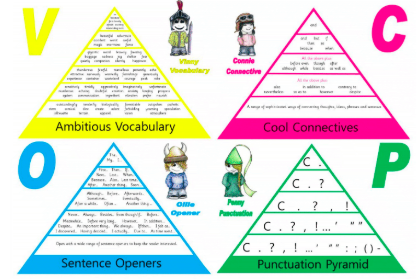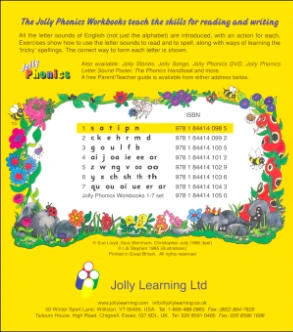At our school, we are committed to instilling a love of reading and writing in all our students. Our skilled teachers engage and push children at all levels with a range of teaching methods, ensuring that they are well-prepared for success in school and beyond.

At JHPS, students learn about reading using the CAFE model. This stands for:
Students set goals in these different areas to help improve their reading skills. Each of these areas forms the basis for explicit teaching and teacher focus groups.



At John Henry Primary School, we utilise VCOP as an initiative to help improve students writing. VCOP is an acronym for.
Each of these elements and how to use them is explicitly taught during literacy sessions throughout the year.



At John Henry Primary School, we utilise VCOP as an initiative to help improve students writing. VCOP is an acronym for.
Each of these elements and how to use them is explicitly taught during literacy sessions throughout the year.

At JHPS our spelling program consists of Words Their Way. This is a teacher-directed, student-centred approach to vocabulary growth and spelling development. Students engage in a variety of sound, pattern and meaning activities, sorting pictures and words. Words Their Way caters for differentiated learning in the classroom, rather than a one-size-fits-all solution.


The five skills taught in Jolly Phonics
1. Learning the letter sounds
Children are taught the 42 main letter sounds. This includes alphabet sounds as well as digraphs such as sh, th, ai and ue.
2. Learning letter formation
Using different multi-sensory methods, children learn how to form and write the letters.
3. Blending
Children are taught how to blend the sounds together to read and write new words.
4. Identifying the sounds in words (Segmenting)
Listening for the sounds in words gives children the best start for improving spelling.
5. Tricky words
Tricky words have irregular spellings and children learn these separately.

John Henry primary school has been designed to support a contemporary pedagogical approach and to foster the development of a strong community.
Our website will be undergoing maintenance starting at 11:15 p.m. on 29-02-2024 and will be down for approximately 30 minutes. Please complete your purchases before 11:15 p.m. We apologise for any inconvenience this may cause. Thank you for your understanding.